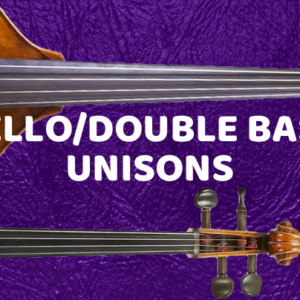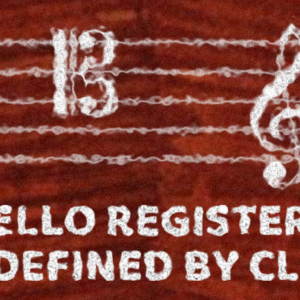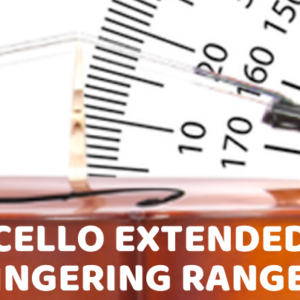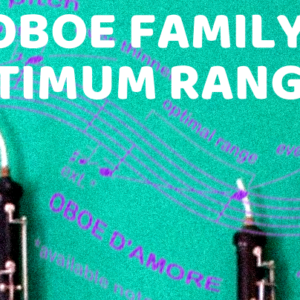Diary of an Orchestrator, April 2
8:38 p.m. I’m sitting in the rehearsal room, typing this as unobtrusively as possible as the LA Doctor’s Symphony Orchestra works out on the Elgar Enigma Variations. The rehearsal for my piece is well finished by now, but I’m just waiting for the break so that a few players can talk to me about bits…
Read more…





